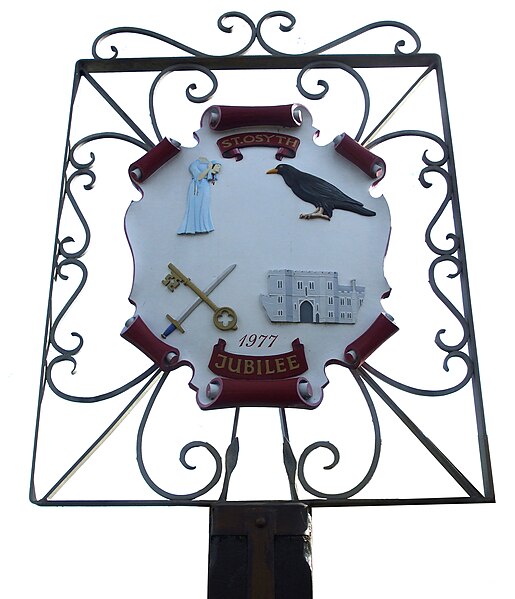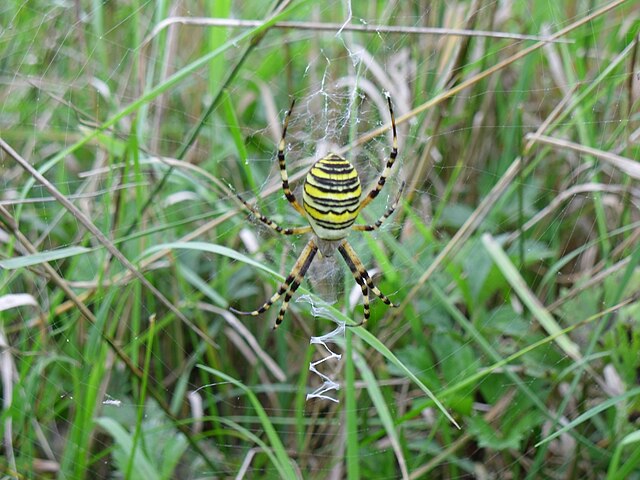Osgyth was a Mercian noblewoman and prioress, venerated as an English saint since the 8th century, from soon after her death. She is primarily commemorated in the village of St Osyth, in Essex, near Colchester. Alternative spellings of her name include Sythe, Othith and Ositha. Born of a noble family, she became a nun and founded a priory near Chich which was later named after her.
Gatehouse of the former St Osyth's Priory (later abbey), St Osyth, Essex
St Osyth is an English village and civil parish in the Tendring District of north-east Essex, about 5 miles (8.0 km) west of Clacton-on-Sea and 12 miles (19.3 km) south-east of Colchester. It lies on the B1027, Colchester–Clacton road. The village is named after Osgyth, a 7th-century saint and princess. Locally, the name is sometimes pronounced "Toosey". It is claimed to be the driest recorded place in the United Kingdom.
Village Sign
Burnt-out wreckage of a Junkers Ju 88 reconnaissance aircraft of 4.(F)/122 on Cockett Wick Farm, the aircraft was shot down on 20 July 1940 by No. 56 Squadron Hurricanes
Wasp Spider photographed on Howlands Marsh, St Osyth on Aug 29, 2011
Earls Hall Farm Wind Farm, from St Osyth allotments on the east of the village. The wind farm consists of five turbines with a total nominal power of 10.25 MW.





